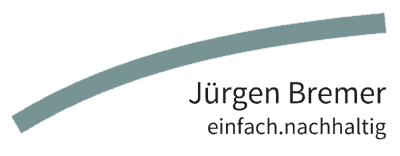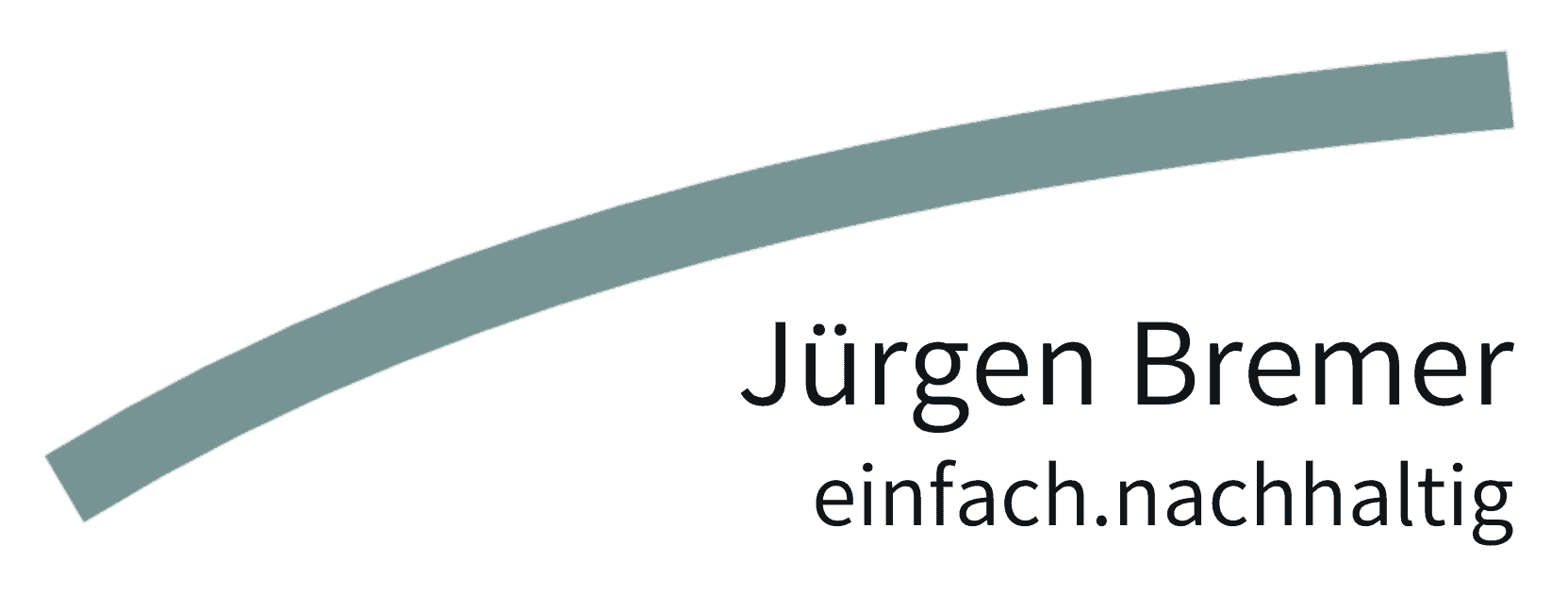
Update October 2021: Deadline extension for qualification (see under specialist knowledge)
The German NiSV applies to the use of devices which use non-ionising radiation for cosmetic and other non-medical purposes on humans and which are used commercially.
From the beginning of 2021, users of this equipment will have to fulfil operator and documentation obligations, and from 2022 – NEW: from 2023 – they will need a certificate of technical competence.
Which devices are affected?
Let’s be clear up front: it’s about the use of devices. It is not about the certification of devices. Statements like “this device is NiSV approved” are false. No device is banned by the ordinance.
The use of the following devices is affected if they are used for cosmetic or other non-medical purposes. (Treatments for medical purposes are not covered by the regulations of the NiSV):
- Ultrasound equipment
- IPL devices
- Laser devices
- High frequency devices
- Low frequency devices
- Direct current devices
- Magnetic field devices emitting non-ionising radiation
It depends on the limit values for the radiation source whether the respective device falls under the NiSV or not.
The manufacturer of each device knows which technology the device you have purchased falls under. Therefore, ask the manufacturer to confirm in writing specifically for your device whether it falls under the regulation.
Ask your supplier:
- does the device fall within the scope of the NiSV?
- if yes, in which category of installation according to § 2 paragraph 1 does the device fall?
- does the use of the device fall under the doctor’s proviso?
- if no, which technical qualification do I have to prove as a user?
The doctor’s proviso
Certain apparative treatments may only be performed by licensed physicians as of 1/1/2021. This doctor’s proviso refers to applications with laser devices or intensive light sources such as:
- the removal of tattoos or permanent make-up
- the treatment of vascular lesions and pigmented skin lesions
- ablative laser applications
- applications in which the integrity of the epidermis as a protective barrier is violated
- applications involving optical radiation whose effects are not limited to the skin and its appendages, such as the reduction of fatty tissue
Physicians are allowed to delegate steps of treatment to qualified assistants under certain conditions. How this can and may be implemented in practice is currently (January 2021) unclear according to the German Medical Association. The physician is responsible for the delegated application, so you would somehow have to work together with a physician:in.
Obligations of the operators
Since the beginning of 2021, anyone who offers cosmetic applications with non-ionising radiation on a commercial basis must fulfil stricter requirements for the operation as well as documentation and consultation obligations. The activities are also subject to a notification requirement.
Duty to notify
As the operator, you must report your device to the competent authority.
New devices two weeks before commissioning. If you have been using your device since 31.12.2020 or earlier, you must have notified it by 31 March 2021 at the latest.
You send the notification to the responsible state authority. You can find out which one it is and the address here under this link.
In the notification, informally state the name or company of the operator, your address and details for identifying the system, i.e. manufacturer and exact type designation. Further details are not required.
Operations
As the operator of a NiSV device, you must ensure that the device is
- is properly installed at the place of operation,
i.e. set up and connected - the users have been instructed in the proper operation.
This is usually done by the supplier during the initial instruction, new employees can usually be instructed according to the operating instructions. - the user checks whether the equipment is suitable for the respective application.
This means that there are clear rules as to what equipment may be used for, and everyone knows these rules. - the user checks the proper condition and functionality of the device before using it.
How to do this is described in the operating instructions. In addition, carry out a visual inspection: check whether the device is in order or has any defects. - Inspection and maintenance must be carried out in such a way that the device is operated safely and properly at all times.
This means: Maintenance personnel must be trained on the device and the work must be carried out in accordance with the manufacturer’s and standard specifications; in particular, the deadlines must be observed
As a rule, these specifications are already described in the operating instructions for the device and are observed if you work with the device accordingly.
Documentation for the device – “Logbook”
You must keep written evidence of how you meet the above requirements. To do this, it is a good idea to create a folder to collect everything for the unit. At least include:
- Information for clear identification of the system, delivery note or photo of the type plate
- Proof that the correct installation of the system has been checked
- Proof of instruction in the proper handling of the device
i.e. a training certificate - Inspections and maintenance with date of inspections and their result
- Maintenance measures with date and name of the responsible person or company
these two points it is advisable to file the work records and/or inspection reports - Device malfunctions with date as well as type and follow of the malfunction or operating error,
this can be a simple list that is kept handwritten
The equipment logbook can be kept digitally. However, check whether the effort is worthwhile or whether paper is easier and faster. It is advisable to also file the operating instructions and other documents for the device in this folder. Then you have everything in one place.
Advice and information for customers
You must also document that you have advised and educated your clients. This includes
- the application and its effects
- health risks and side effects of the applications
- possible alternatives and their risks and side effects
- the individual situation leading to the determination of the relevant application parameters
- the possible need for prior specialist clarification
I would file this along with documentation of treatments in the client file.
Documentation of treatments
The treatments carried out must also be documented, thus making it possible to provide evidence of them. This includes
- Type of application
- equipment used, and the technical parameters individually set for the specific application
e.g. wavelength, frequency, pulsation, exposure duration, type and extent of exposure, laser class - Individual treatment plan
e.g. for epilation, how often, what intervals and with what settings the application is repeated;
e.g. for muscle stimulation, training plan, number, duration and intensity of the applications - if necessary, photo documentation
- occurring side effects
- in case of side effects or damage: causes or fault analysis, measures taken to eliminate the source of the fault; if carried out: Reporting of device defects, malfunctions, side effects or damage to the manufacturer and authorities (documentation in the device logbook).
- Declaration of consent of the treated person for the application
Other duties
You must be able to prove to the authority on request that you meet the requirements. In plain language, this means that if the authority asks for it, you need documents confirming that you are fulfilling your obligations. Also a reason to file everything in one place.
Not explicitly underpinned by documentation obligations, but nevertheless useful to document, are other obligations:
- protection of your customers from side effects
- measures to protect bystanders to the treatment from harmful effects of radiation
Suitable measures should be found in the operating instructions.
Ultimately, you as the operator of the device are responsible for the proper operation and implementation of the duties.
The regulations on occupational health and safety, such as risk assessments and occupational medical precautions, are not affected by this ordinance and remain valid.
Specialized knowledge
All applications that fall under the NiSV and are not subject to the doctor’s proviso may only be offered by skilled persons from 2022.
Specialist knowledge Deadlines update:
Deadline for obtaining the professional qualification was extended until 31.12.2022.
Due to Corona, training courses for the acquisition of the professional qualification could not be carried out to the extent required Due to the financial burden caused by the pandemic-related loss of income and the not inconsiderable costs incurred for the required training courses, there is also the risk of an excessive burden and a challenge that can no longer be met, especially for small cosmetic studios and self-employed cosmeticians.
Therefore, the legislature has extended the deadlines. See the Ministry of the Environment at this link.
– Update end –
This is probably the duty from the regulation that requires the most effort and change.
The technical knowledge consists of two parts: Basics of the skin and technical knowledge of the respective technology.
The module Fundamentals of Skin is scheduled for 80 hours of instruction. You can be exempted from this if you
- work with low frequency, direct current or magnetic field devices
- have successfully completed a state-recognized vocational training as a cosmetician or
- have successfully completed a course of training as a state-certified cosmetician, or
- have successfully passed the master craftsman’s examination in the cosmetics trade, or
- on 5 December 2021, have at least five years’ professional experience in the cosmetics sector
The requirements for the expertise depend on the type of application you offer. The amount of training required ranges from 24 hours of instruction per 45 minutes to 200 hours of instruction.
The specialist knowledge must be kept up to date through further training at least every five years. Training courses consist of six to eight hours of instruction, i.e. a whole day.
Recognised courses
I have not found a course that is recognised according to the requirements of the regulation (as of January 2021). Nevertheless, take care now: the courses are time-consuming and they will be booked up very quickly at the end of the deadlines.
Very important: Your training provider must be accredited and certified by the DAkkS so that your training is recognised by the authorities.
How can I help you?
Do you need help with the implementation of the operator obligations or with setting up the device log?
Would you like to use a sample letter for the notification to the authority or the inquiry to the manufacturer?
Email me, I will help you quickly and non-bureaucratically!
